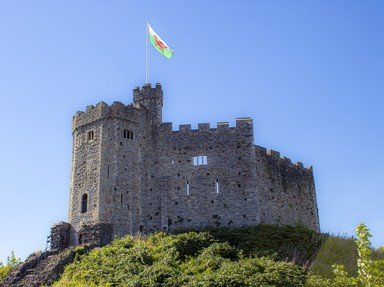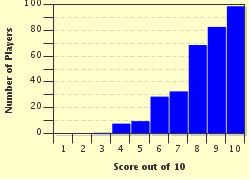Quiz Answer Key and Fun Facts
1. January 10, 49 BC, somewhere in Northern Italy: This date may not actually be the first Point of No Return (PONR) ever recorded, but many would argue that it established the genre. The phrase "Alea iacta est" came to symbolize the concept for the rest of history. What famous commander made this pronouncement?
2. July 20, 1846, near Little Sandy River on the Oregon Trail, USA: This group turned south to attempt a shortcut on their journey to California, rather than follow the longer, more established route to the north, thus setting in motion a chain of events that led to hardship, privation, and unspeakable acts. Which travellers made this fateful decision?
3. July 3, 1863, 2 PM, Seminary Ridge, Gettysburg, Pennsylvania, USA: As his troops began their attack, this division commander might have been the only soldier on the Gettysburg battlefield who didn't know that his attack was doomed. Who was this officer?
4. June 25, 1876, 3 PM, Little Bighorn River, eastern Montana Territory, USA: He started it, but the people he attacked ended it - emphatically. What commander inscribed his name in history for this strategic failure?
5. July 17, 1918, midnight, Yekaterinburg, Russia: The jailers came in the night, and after the prisoners were taken to the basement, it was only moments before they must have realized it was all over. Who were these doomed captives?
6. May 23, 1934, 9:15 AM, Bienville Parish, Louisiana, USA: As the Ford came roaring down the isolated road it may or may not have slowed to stop for an acquaintance. No matter: when the passengers saw the other car in the road, they had to know they were caught. Then the posse opened fire. Who was riding in that fateful car?
7. July 22, 1934, 10:30 PM, Chicago, Illinois, USA: All he wanted to do was see a movie in a cool theater on a hot summer night. As he exited the Biograph, the Lady in Red was the signal that the Feds had their man. Whose number was up?
8. July 2, 1937, 8:43 AM, South Pacific Ocean: Having passed an actual Point of No Return on a leg of a round-the-world journey, the pilot was radioing frantically. However, the plane could not find its landing place, and no one could find the plane. Who was the pilot, who is still missing today?
9. December 10, 2008, New York, New York, USA: The account imbalances were growing; and as the general economy worsened, it was becoming impossible to make the payouts. When his sons questioned his tactics, this man admitted his miracle investment fund was a "big lie." From that moment it was only a matter of time before his days of freedom came to an end. Who was this erstwhile financial genius?
10. May 2, 2011, 1 AM, Abbottabad, Pakistan: If the helicopter crash wasn't enough to alert him, then the gunfire and the thunder of boots rushing upstairs ought to have done it. Who should have realized from these sounds that his time was up?
Source: Author
shorthumbz
This quiz was reviewed by FunTrivia editor
bloomsby before going online.
Any errors found in FunTrivia content are routinely corrected through our feedback system.

